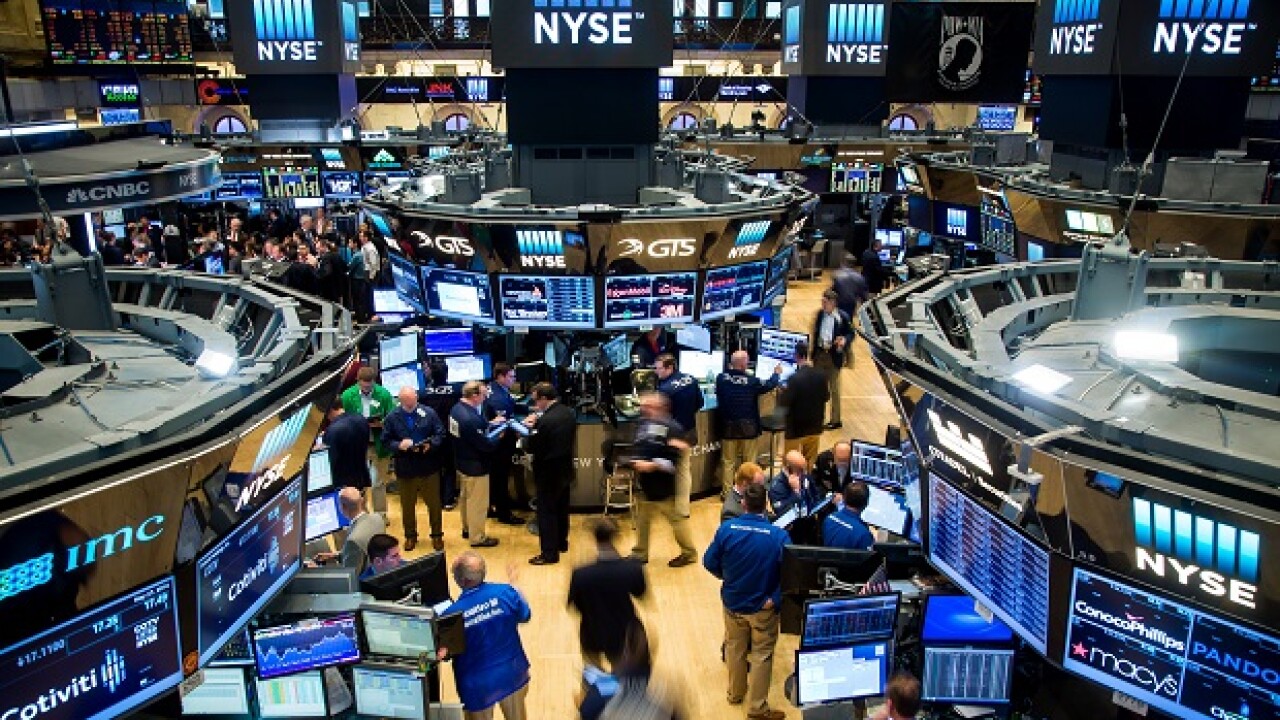A decade after the last economic crash, the U.S. credit card market is again showing signs of overheating.
More borrowers are failing to make their required monthly payments, even as card debt has soared, according to a report released Tuesday by the Federal Reserve Bank of New York.
The report identified 486.5 million credit card accounts in the U.S. during the second quarter of 2019, an increase of more than 100 million since 2010.
Outstanding balances on credit cards reached $868 billion, matching their highest level in more than a decade and topping the year-earlier mark by $39 billion. Credit available on plastic hit an all-time high of $2.91 trillion.
Meanwhile, the percentage of card accounts at least 90 days past due, a status known as serious delinquency, is at its highest level in four years, according to the New York Fed’s report.

During the second quarter, 8.32% of card balances were seriously delinquent, which was up from 7.88% a year earlier. The late-payment rate was still far below the double-digit levels hit during the last recession.
The report found that credit trends in other consumer loan categories were more mixed. The percentage of mortgages and student loans that were seriously delinquent declined during the second quarter of 2018, while auto loan delinquencies increased.
The credit card industry has historically been highly cyclical, and there are mixed signals about when industry officials expect the next downturn to arrive.
Last month, the CEOs of Capital One Financial and Discover Financial Services
And in a June report, Fitch Ratings said that some of the largest card issuers have been reducing credit lines and terminating inactive accounts — moves that should limit their eventual losses.
Across the entire industry, revolving consumer credit grew at a rapid clip in April and May before flattening in June,
One reason for concern about the increase in credit card debt is that borrowing costs are very high. The average rate paid on accounts that were assessed interest
Some analysts have noted recently that borrowing costs figure to decline a bit following the Fed’s recent decision to cut interest rates.
“The data points to continued economic growth, and the Fed is likely to cut interest rates,” James Chessen, chief economist at the American Bankers Association, said in June, “which will keep short-term rates low and continue to facilitate the ability of consumers and businesses to meet their obligations.”
Certain data suggests that the amount of credit card debt held by Americans remains manageable. For example, the ABA reported earlier this month that card debt outstanding represented 5.4% of disposable income during the first quarter of 2019, which was largely unchanged since 2013.
In addition, the large rise in the number of cards outstanding over the last decade can be partly explained by the proliferation of more generous rewards — a trend that has led many Americans to pay for more purchases with credit cards while paying off their entire balances each month.





